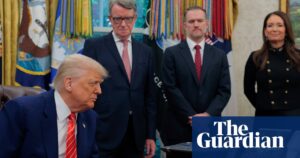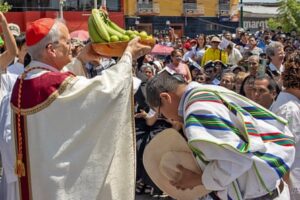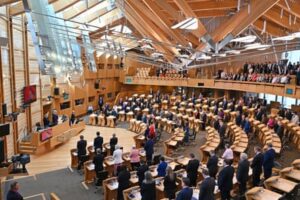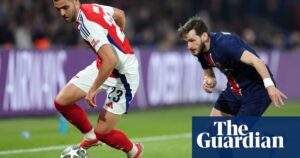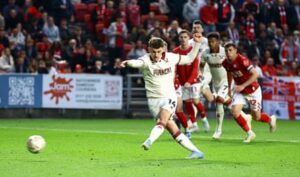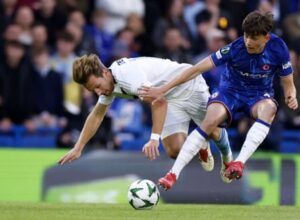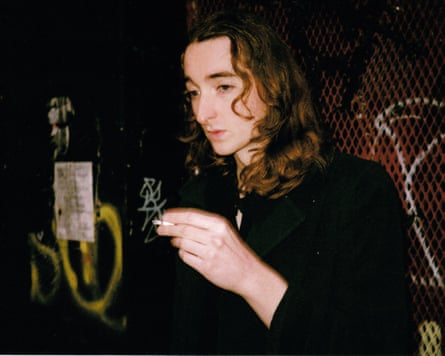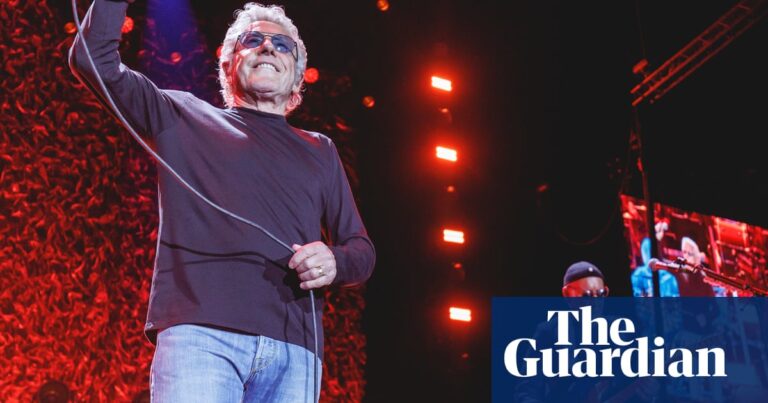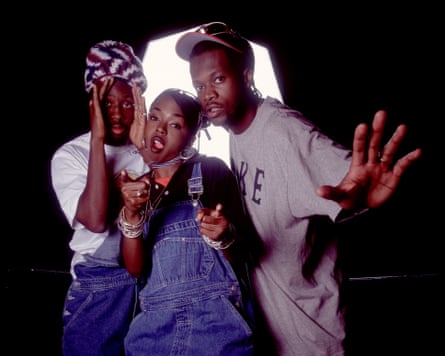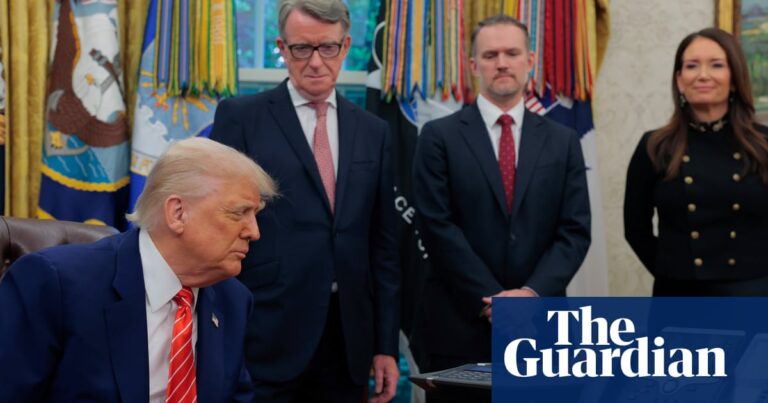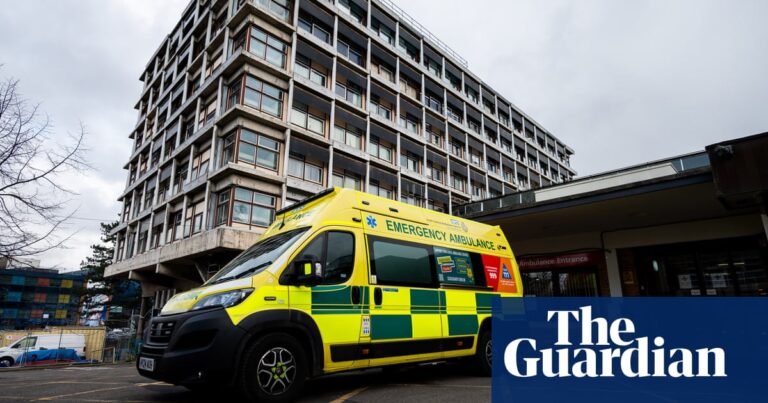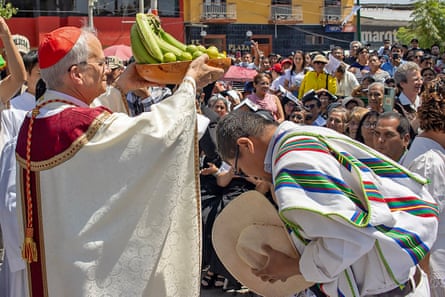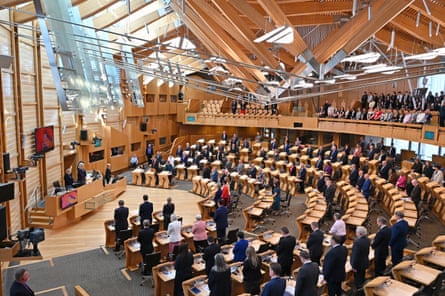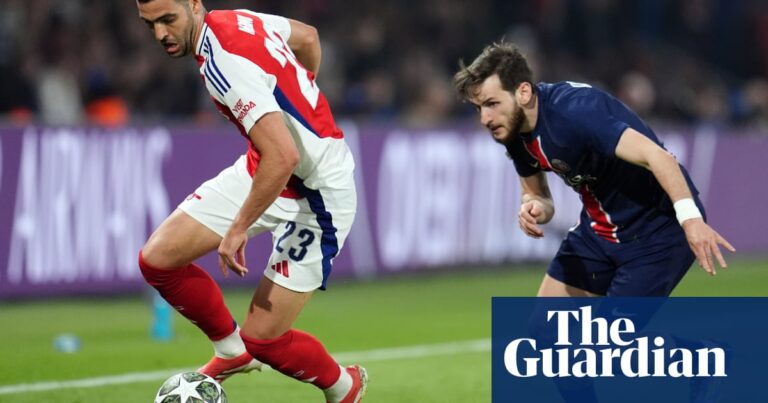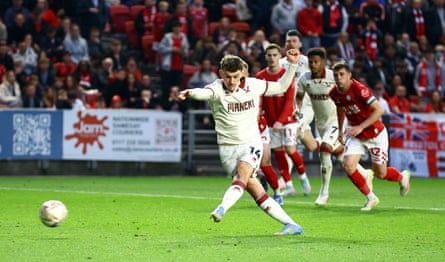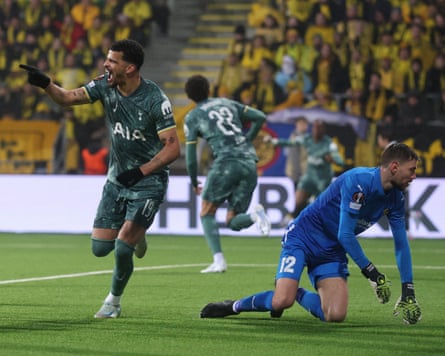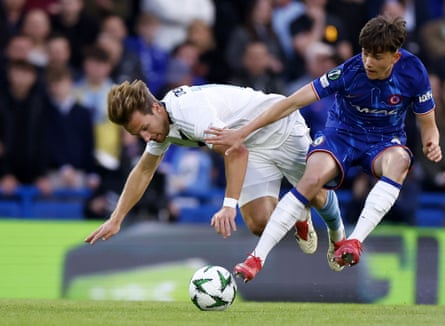Next week, the highly anticipated “final” Beatles song, titled “Now and Then,” will finally be released. This is made possible by the use of AI technology, which was also utilized to improve the audio quality in Peter Jackson’s documentary, Get Back.
In a statement, Paul McCartney expressed his emotional reaction to hearing John’s voice in a clear and genuine Beatles recording. He also shared his excitement for continuing to work on Beatles music and releasing a previously unheard song in 2023.
John Lennon wrote and performed Now and Then in the late 1970s while living in the Dakota building in New York City. In 1994, his widow Yoko Ono gave the demo to Paul McCartney on a cassette labeled “For Paul,” which also contained Lennon’s demos for Free As a Bird and Real Love.
McCartney, Ringo Starr, and George Harrison finished the remaining songs and they were later released as singles for the Beatles Anthology project. However, due to technological constraints, Lennon’s vocals and piano on “Now and Then” could not be isolated to incorporate new recordings by the other three members. As a result, the song was put on hold.
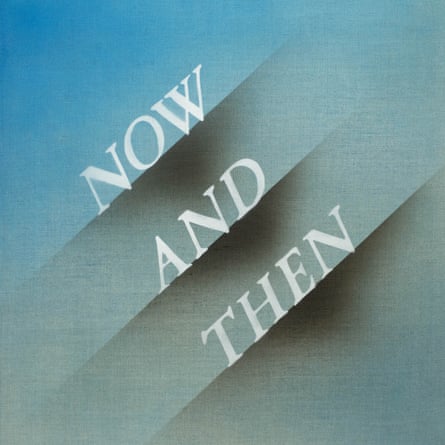
After 25 years, Jackson utilized technology to separate the audio from the 1970 video of the Beatles creating their last album, Let It Be. This allowed for the isolation of individual instruments, vocals, and conversations, and resulted in the production of the Get Back documentary series.
In 2022, this technology was utilized to create a fresh version of Revolver, which sparked the remaining members of the band to revisit Lennon’s Now and Then demo. Jackson and a team of sound experts, led by Emile de la Rey, employed a similar method to separate Lennon’s original vocal performance from his piano.
In a statement, Starr expressed, “It was a very emotional experience for all of us because it felt like John was in the room with us. It’s something we’ll never get to experience again.”
McCartney and Starr collaborated to create new elements for the track, incorporating guitar recordings from Harrison in 1995 and a string arrangement written by McCartney, Giles Martin, and Ben Foster. The track also features backing vocals from the original recordings of “Here, There and Everywhere,” “Eleanor Rigby,” and “Because.” Jeff Lynne provided additional production.
In an interview with BBC Radio 4, McCartney shared that AI technology was utilized to isolate Lennon’s voice from a cassette recording. He explained, “Through this AI, we were able to extract John’s voice and achieve a pure sound. We can then mix the record as we would typically do, allowing for some flexibility.”
His statements raised worries that AI was being employed to simulate elements of Lennon’s performance. McCartney later elaborated on the “confusion and speculation”, clarifying that nothing has been artificially or synthetically produced. He emphasized that all the music is authentic and that they all played on it. Some existing recordings were improved, a process that has been ongoing for years. They hope that everyone enjoys it as much as they do.
A 13-minute documentary showcasing the making of the song will be revealed at 7:30pm GMT on Wednesday, November 1st. The full song will then be unveiled on November 2nd. A double A-side single, featuring the Beatles’ first single “Love Me Do” from 1962 and cover art by pop artist Ed Ruscha, will be released on November 3rd.
Ignore the advertisement for the newsletter.
after newsletter promotion
Fans were not surprised by the release of Now and Then. In 1997, McCartney revealed to Q magazine that the project had been put on hold due to Harrison’s disapproval.
The piece lacked an appealing title and required some revisions, but it contained a lovely verse and featured John as the vocalist,” he stated. “However, George was not fond of it. As The Beatles operated as a democracy, we ultimately decided not to pursue it.” McCartney later elaborated to the New Yorker that Harrison had deemed Lennon’s demo as “terrible.”
Olivia Harrison, the wife of Harrison, shared in a statement that in 1995, after spending several days in the studio working on the song, George determined that the technical problems with the demo were too difficult to overcome and decided that it could not be completed to his satisfaction. If he were alive today, his son Dhani and herself believe that he would have eagerly joined Paul and Ringo in finishing the recording of “Now and Then.”
Sean Ono Lennon, the son of Lennon, shared his thoughts on the creation of the song, stating that it was a touching experience to hear his father and the other Beatles working together again after so many years. He also mentioned that it was the last song that his father, Paul McCartney, George Harrison, and Ringo Starr worked on together, making it feel like a time capsule and a significant moment.
The upcoming physical release of Now and Then precedes the updated versions of the Red Album and the Blue Album, which will now include the Beatles’ complete collection of singles. This will result in 12 additional songs for the Red Album and nine for the Blue Album.
Source: theguardian.com
